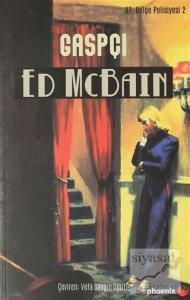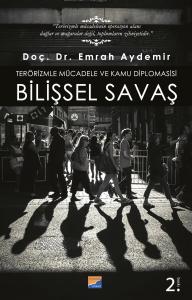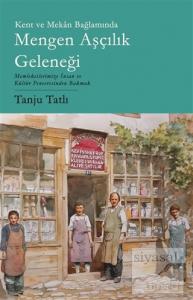
Oliver Twist; or, the Parish Boy's Progress, Charles Dickens's second novel, was published as a serial from 1837 to 1839, and as a three-volume book in 1838. Born in a workhouse, the orphan Oliver Twist is sold into apprenticeship with an undertaker. After escaping, Oliver travels to London, where he meets the “Artful Dodger”, a member of a gang of juvenile pickpockets led by the elderly criminal Fagin.
Oliver Twist unromantically portrays the sordid lives of criminals, and exposes the cruel treatment of the many orphans in London in the mid-19th century. The alternative title, The Parish Boy's Progress, alludes to Bunyan's The Pilgrim's Progress, as well as the 18th-century caricature series by painter William Hogarth, A Rake's Progress and A Harlot's Progress.
In an early example of the social novel, Dickens satirises child labour, domestic violence, the recruitment of children as criminals, and the presence of street children.
Oliver Twist; or, the Parish Boy's Progress, Charles Dickens's second novel, was published as a serial from 1837 to 1839, and as a three-volume book in 1838. Born in a workhouse, the orphan Oliver Twist is sold into apprenticeship with an undertaker. After escaping, Oliver travels to London, where he meets the “Artful Dodger”, a member of a gang of juvenile pickpockets led by the elderly criminal Fagin.
Oliver Twist unromantically portrays the sordid lives of criminals, and exposes the cruel treatment of the many orphans in London in the mid-19th century. The alternative title, The Parish Boy's Progress, alludes to Bunyan's The Pilgrim's Progress, as well as the 18th-century caricature series by painter William Hogarth, A Rake's Progress and A Harlot's Progress.
In an early example of the social novel, Dickens satirises child labour, domestic violence, the recruitment of children as criminals, and the presence of street children.





























